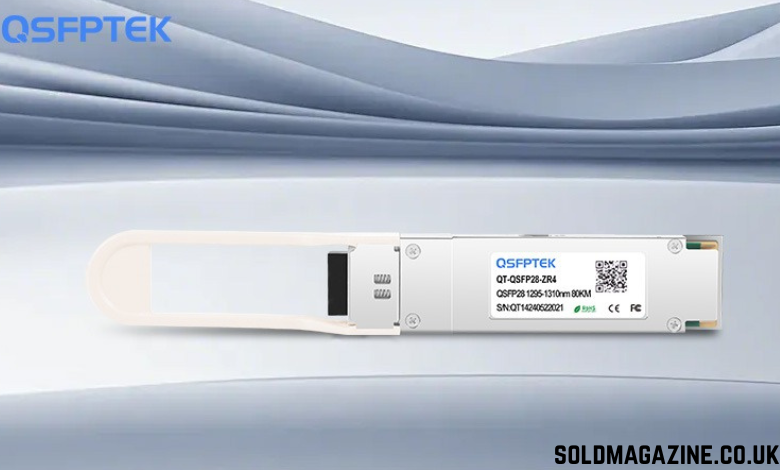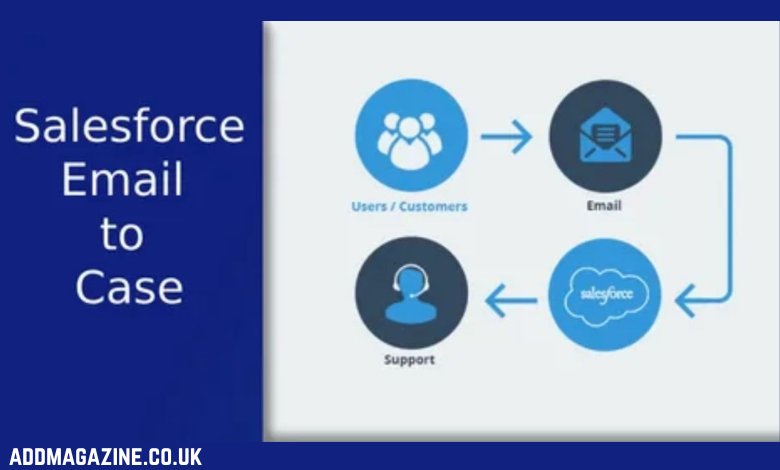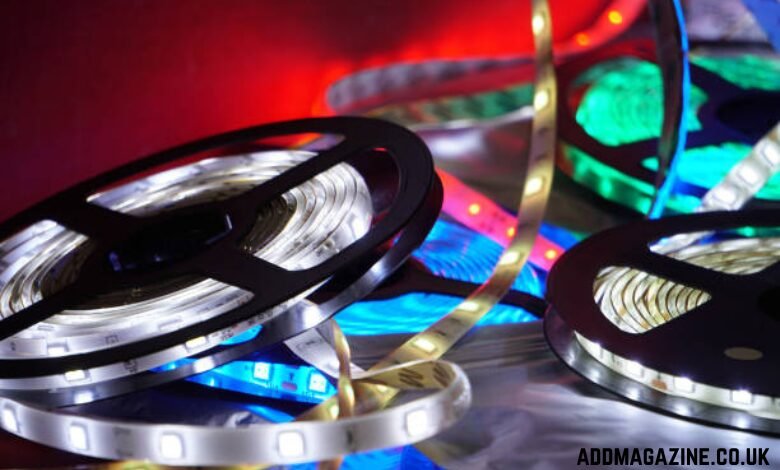Introduction
Long-distance 100G links used to be the domain of big telcos with huge budgets. That’s changed. The 100GBASE-ZR4 family gives operators and enterprises an accessible option to run 100G across metro and regional distances—commonly up to around 80 kilometers—without immediately resorting to full DWDM or complex coherent systems. This piece digs into what makes ZR4 useful, how it’s used, and what to watch for.
The technology in plain terms
100GBASE-ZR4 transceivers split the 100G signal into four 25G lanes, each on its own wavelength in the 1310nm band, and then recombine at the far end. The key difference from LR4 is reach: ZR4 is engineered with higher optical launch power and sensitive receivers to tolerate the loss encountered over tens of kilometers. In practice that means a data center on one side of a metro area can be linked to another facility 50–80km away without intermediate regeneration.
Why ZR4 is appealing today
There are two practical advantages. First, cost: for a small number of long 100G links, ZR4 often costs less than designing and operating a DWDM ring or buying coherent optical gear. Second, simplicity: ZR4 fits QSFP28 ports on switches and routers, so it can often be deployed without wholesale infrastructure changes. For organizations needing a handful of long 100G pipes, that combination is compelling.
Real-world use cases
Financial firms linking trading hubs to backup sites, universities connecting research clusters across a region, and cloud providers linking secondary sites — all those scenarios benefit from ZR4. Another common use is for enterprises that operate their own dark fiber: ZR4 lets them squeeze more value out of fiber assets without adding complex transponders.
Practical deployment notes
Long links require attention to detail. Fiber inspection and cleaning are critical; a scratch or dirty connector that’s tolerable on a short run can cause failure over 80km. Also, check splice and connector loss carefully when planning the optical budget. 100GBASE-ZR4 modules often include DOM (digital optical monitoring), which helps spot issues early, but good design and testing upfront are still essential.
Power and thermal considerations
ZR4 modules typically consume more power than short-reach 100G optics—expect several watts more per port. In a large deployment that adds up, so consider the thermal and PSU implications when planning racks and chassis. That said, the power trade-off can still be cheaper overall compared to building a full DWDM system for a few links.
Interoperability and vendor choices
As with other standardized optics, vendor compatibility matters. Many reputable third-party suppliers now make ZR4 modules compatible with mainstream switches, which brings down acquisition costs. Still, validate interoperability and test early—especially on long links where margins are tighter.
When ZR4 is not the right choice
If you need dozens or hundreds of long-haul links, a DWDM/coherent architecture may be more cost-effective at scale. Also, when the fiber path includes many connectors or older, lossy spans, ZR4’s budget may be insufficient and amplification or alternative architectures will be needed. ZR4 shines best when you need a limited number of long 100G links with minimal complexity.
Migration and coexistence strategies
Many operations use ZR4 in a mixed environment: short links handled by LR or SR optics, metro long links by ZR4, and high-density backbone by DWDM/coherent systems. This layered approach keeps capital expenditure aligned with demand—use the right tool for each link rather than forcing a one-size-fits-all architecture.
Conclusion
100GBASE-ZR4 brings long-reach 100G into reach for a broader set of users. It’s not a silver bullet for every long-haul need, but when used appropriately—on carefully tested fibers, for a manageable number of links—it delivers a cost-effective, relatively simple path to extend 100G across metro and regional distances.




